A team of educators from Washington University and St. Louis Public Schools visited A2 STEAM this week for a day-long look at Project Based Learning in action.
They liked what they saw.
“I’m very impressed,” said Linda Slane, a second grade teacher in the St. Louis Public Schools who hopes to integrate Project Based Learning into a fifth grade science curriculum next fall. “The students are very empowered, they’re very on task with what they’re doing; they’re very engaged, very interested, and seem very knowledgable about the topic they’re working on. And they work collaboratively very well. So I’m very impressed.”
The day began at 8:30 a.m. and included a brief history of the school and its unique program. The seven educators learned that A2 STEAM at Northside places an emphasis on STEAM (science, technology, engineering, arts, and mathematics ) and Project Based Learning (PBL), a teaching method in which students learn by actively engaging in authentic (personal, contextual, procedural, impactful) projects.
During their visit, they observed the STEAM Lab, the IDEA Lab, a science lab, and general education classrooms. They spoke with students in lower elementary, upper elementary, and middle school about their experiences with (and their relationship to) PBL and STEAM. Teachers, administrators, and curriculum coordinators from SLPS also got to ask a panel of A2 STEAM teachers about their process of PBL unit development. Finally, the visiting team finished their day by participating in a tour of the school as a culminating event of a first-grade PBL unit. This event was designed and facilitated by our young students in response to the driving question “How Do Schools Adapt to Community Needs?” Our SLPS visitors joined with students from Community High School who had helped launch the project back in February.
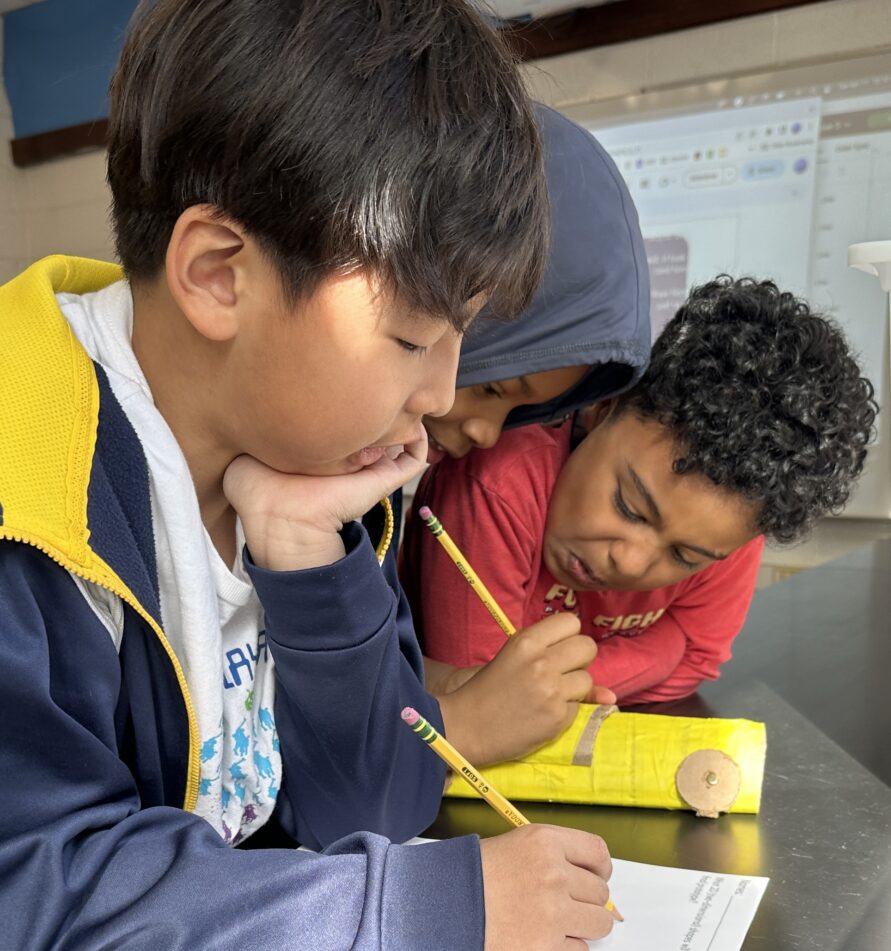
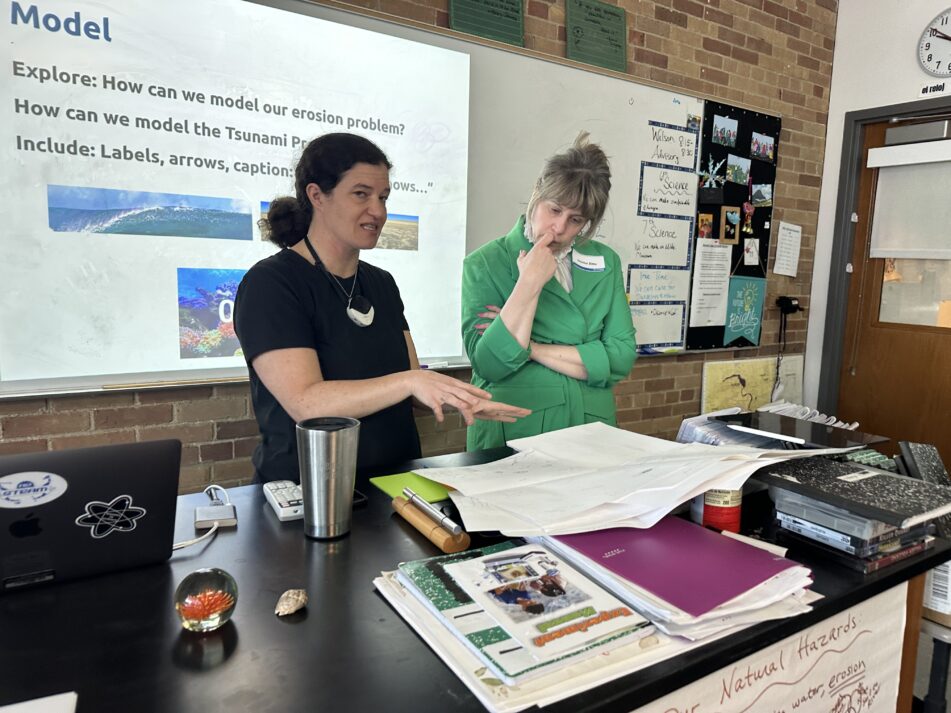
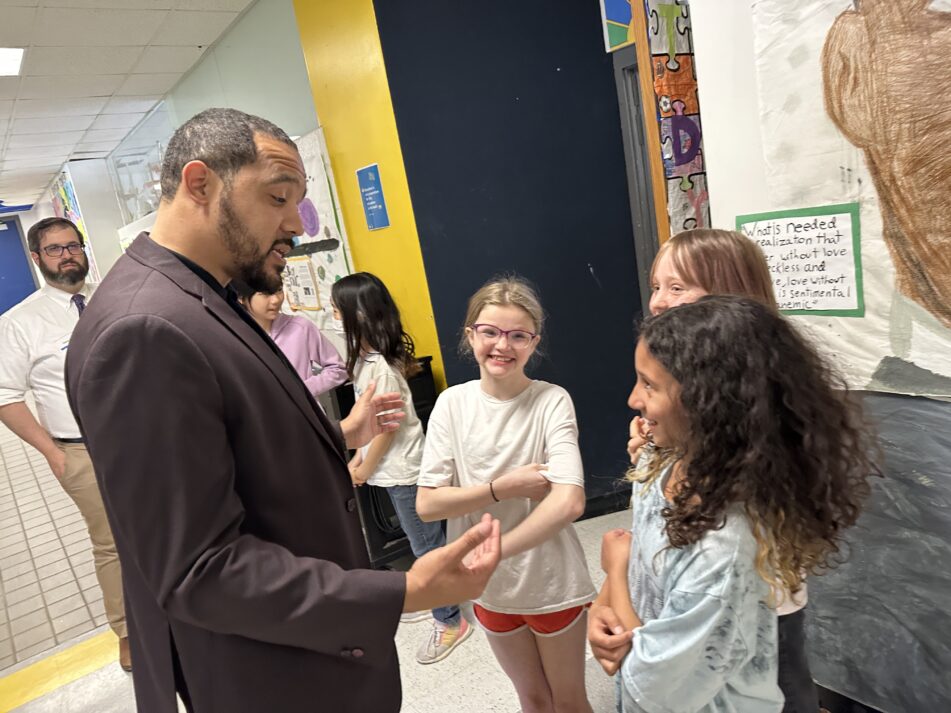
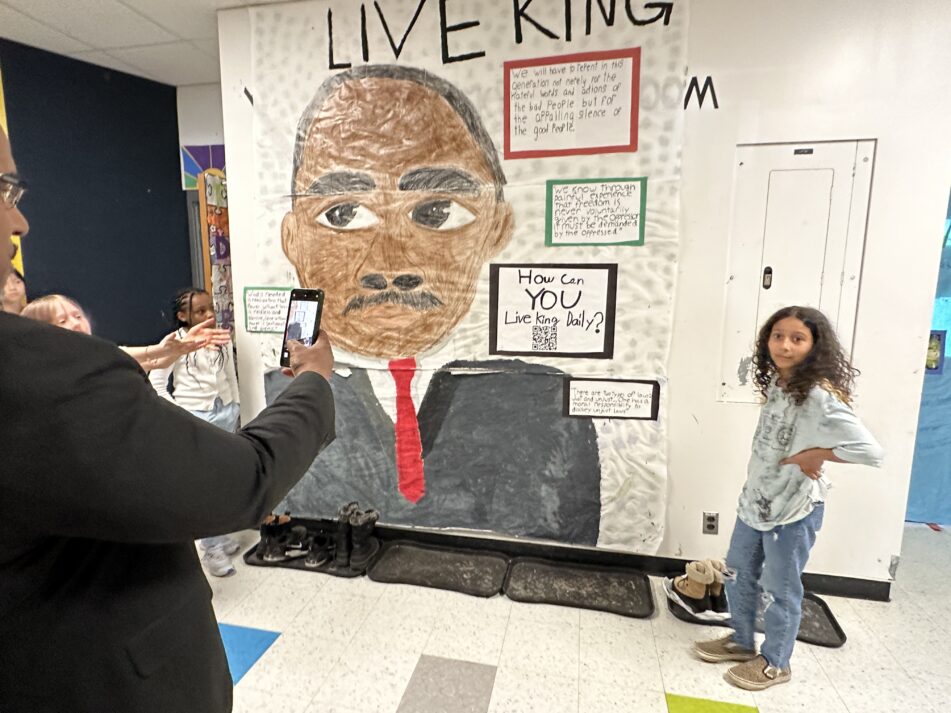
A2 STEAM Principal Torian Billings said he was excited to show off the school to representatives of St. Louis Public Schools.
“I think it’s an awesome time not only to highlight our students and share what our students have been learning what they’ve been working very hard on; what our staff has been working very hard on, but also an opportunity to collaborate and build relationships. We know there are some amazing things happening not only at STEAM, but in Ann Arbor Public Schools, and any time we get an opportunity to highlight that and connect with schools across the state or even across the nation, we are certainly happy to do that.”
Nathan Hatt, A2 STEAM’s lead teacher and PBL coordinator, learned about the endeavor of St. Louis Public Schools from the school’s budding relationship with PBLWorks, an international organization that sets standards for rigorous PBL. SLPS was looking for a school that has effectively blended STEAM and PBL.
“And we were happy to share what makes A2 STEAM great,” said Hatt. “A2 STEAM was chosen as an exemplar from a number of other schools across the Midwest that are implementing a similar program.”
Hatt told the visitor that A2 STEAM is uniquely organized with three distinct components.
“We are a K-8 and a neighborhood school,” he said. “This provides many opportunities for community-building and stewardship. We have an instructional emphasis on STEAM. This means that the PLTW curriculum is leveraged as a feature within technology and engineering courses provided to students in all grades, and within the classroom setting. Teachers also design and facilitate the PBL curriculum. PBL is the most comprehensive program within our school. This integrated approach to daily curriculum is similar in some ways to the thematic teaching model seen within IB programs, with some key differences.”
Like IB, PBL integrates core curriculum into thematic, interdisciplinary, inquiry-based units. While IB emphasizes global citizenship, PBL emphasizes 21st-century skills (critical thinking, collaboration, creativity, and communication) by utilizing processes of human-centered design. In this way, each component of the A2 STEAM school model (a K-8 community school, STEAM, and PBL) supports the other interdependently.
The SLPS educators were able to identify the success of a K-8 STEAM program structured through PBL by understanding that PBL learning is all about authenticity, Hatt said.
“PBL is authentic when the learning engages students on a personal level, when the learning is moored within a real-world challenge or simulation, when the learning involves real-world tools and processes, and when the learning has an impact beyond the classroom,” said Hatt. “We are very proud of the ways in which this happens across our school each day, and we always enjoy sharing what makes A2 STEAM a great place to be.”
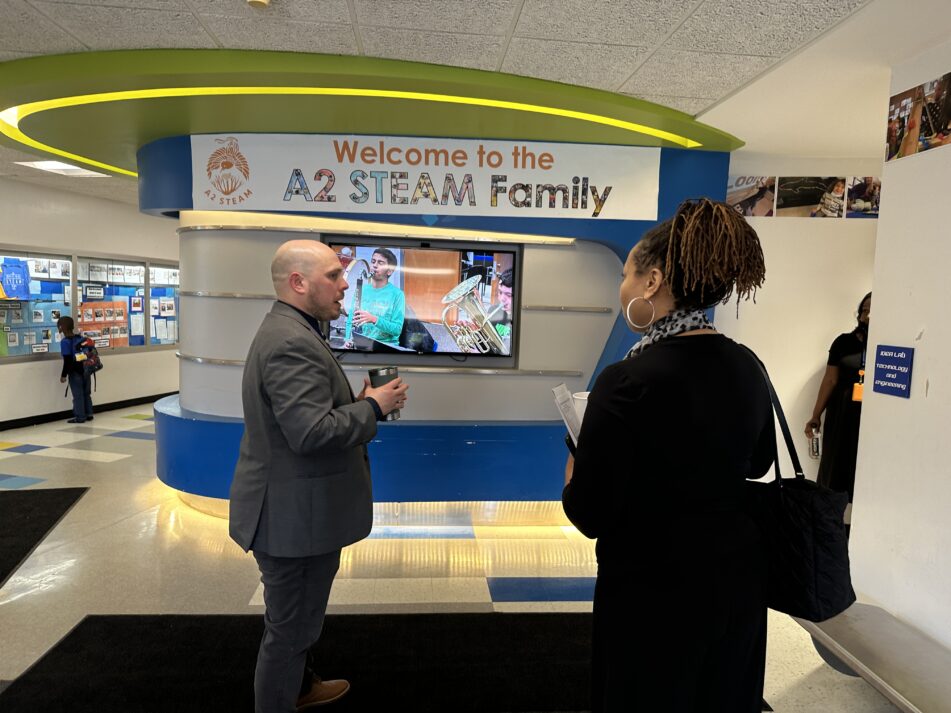
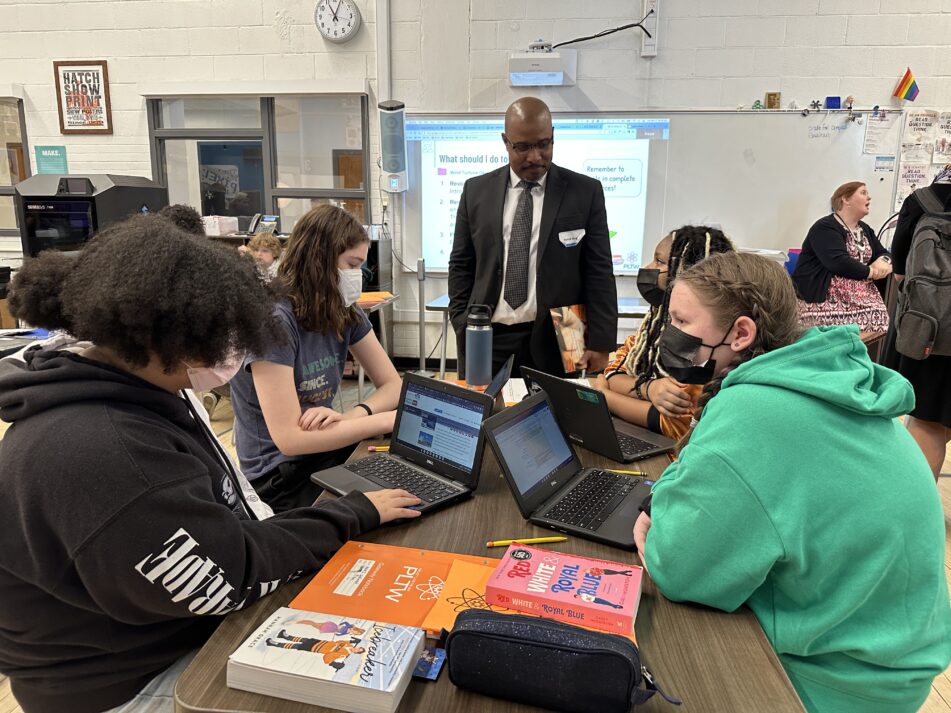
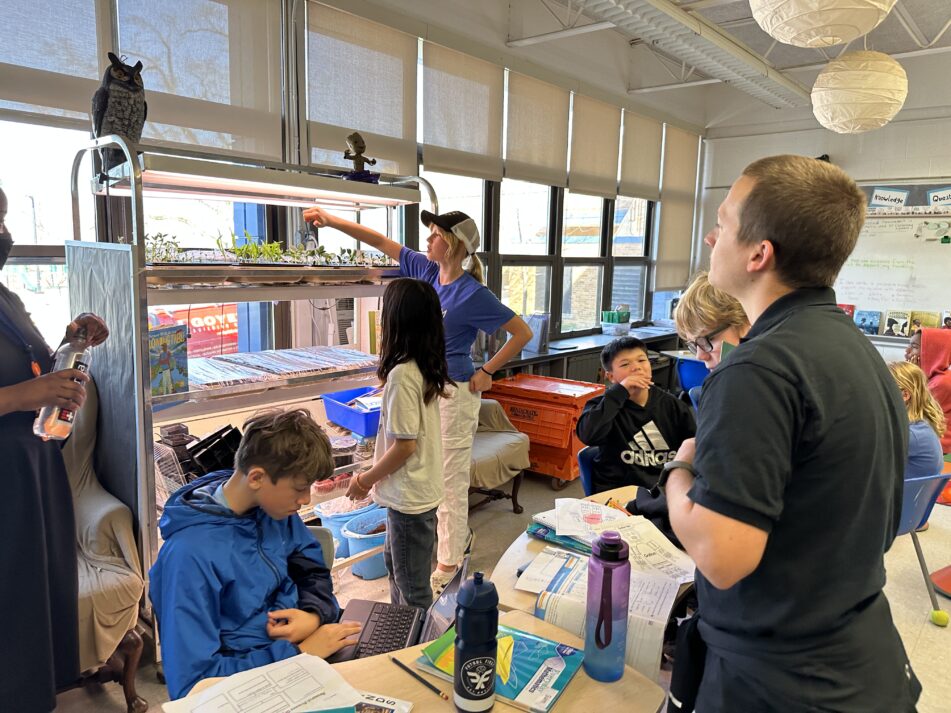
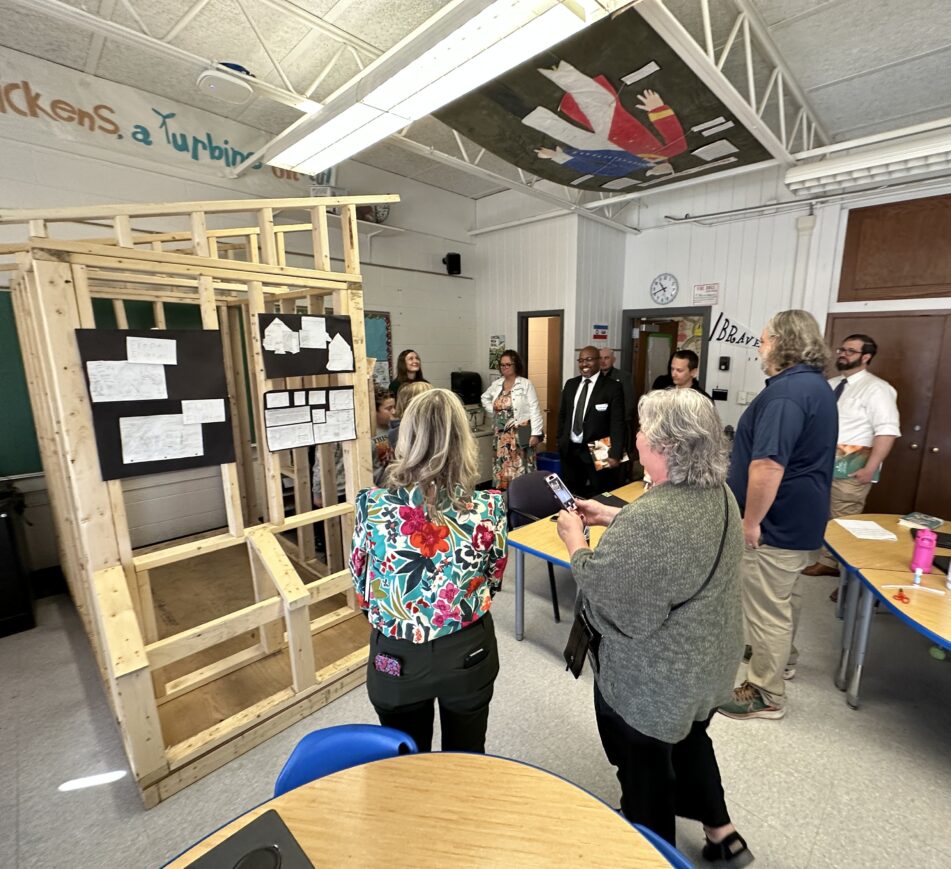
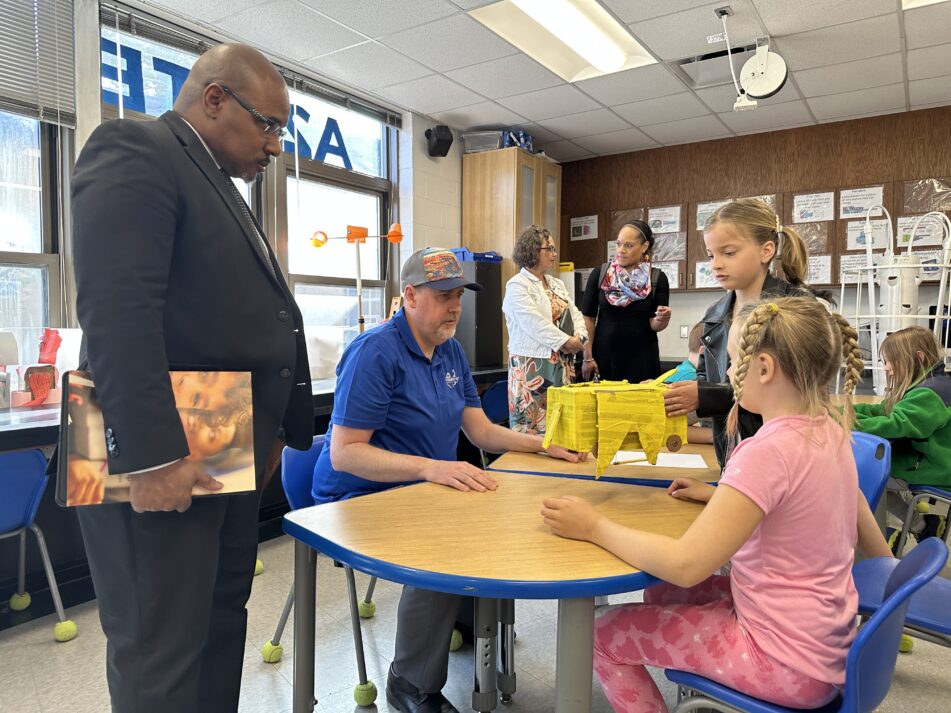

Be the first to comment